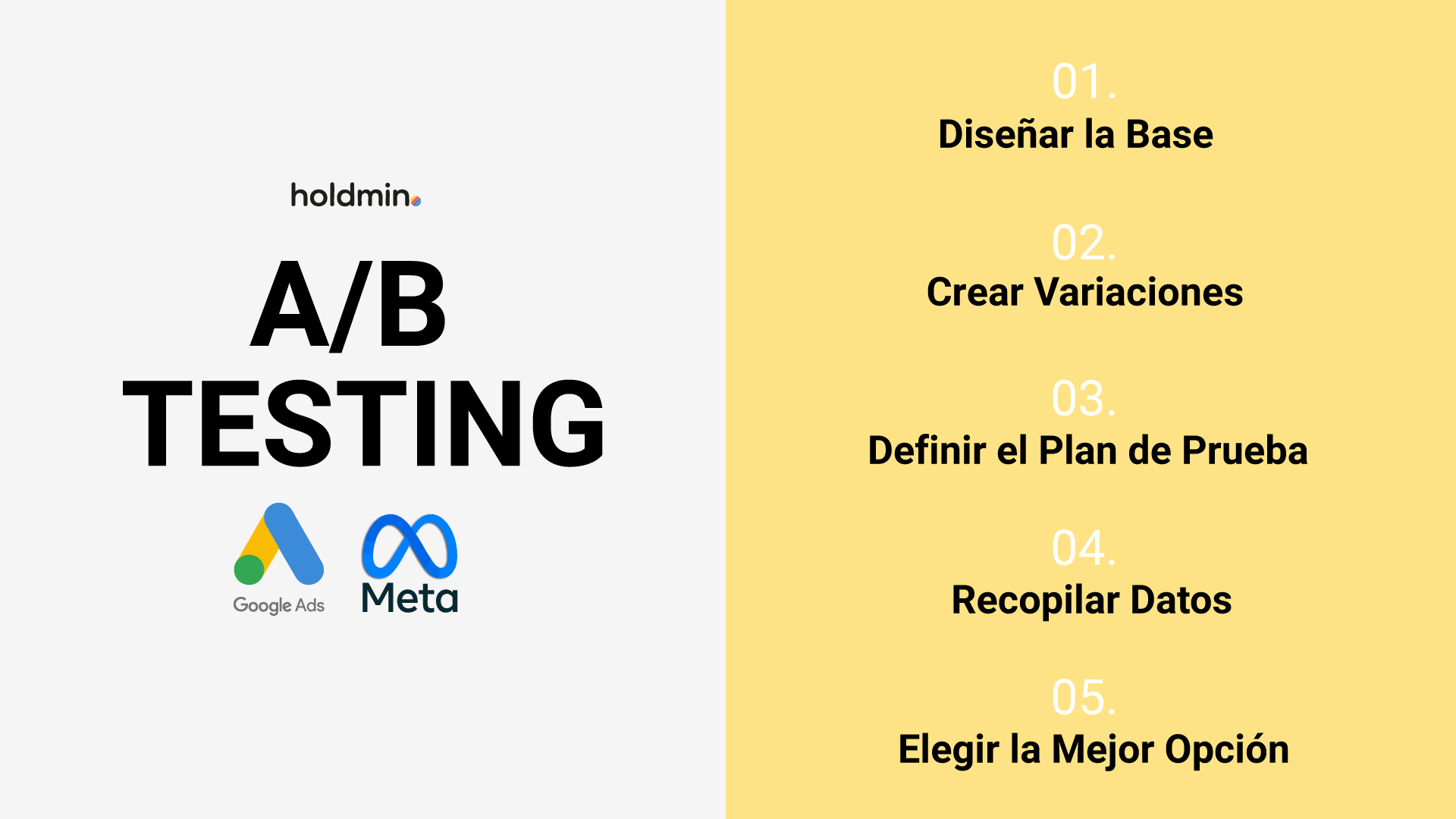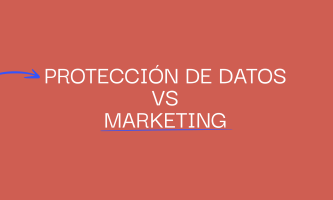Introduction
In digital marketing, where competition is fierce and every click counts, making informed decisions is essential to maximizing your results. This is where A/B Testing becomes an indispensable ally. This strategy allows you to compare different versions of ads, texts or visual elements to identify which one generates the best results. If you manage campaigns on platforms such as Google Ads or Meta, implementing A/B Testing can be the key to optimizing your budget and taking your performance to the next level.
What is A/B Testing?
A/B testing (or split testing) is a technique that compares two versions of an asset, such as an ad, web page, or piece of content, to determine which performs better on key metrics such as clicks, conversions, or engagement rates.
For example, you can try:
- Different titles in one advertisement.
- Images that appeal to diverse target audiences.
- Variations in calls to action (CTA).
Each version is shown to a portion of your audience, and the data collected allows you to identify which one generates the greatest impact.
Advantages of Implementing A/B Testing
- Campaign Optimization: A/B Testing helps you discover which elements are most effective, allowing you to focus your efforts and budget on what really works.
- Data-Driven Decisions: With this technique, you rely on real statistics, not assumptions, to optimize your strategies.
- Personalization and Relevance: You can tailor your ads and content to your target audience's preferences, improving the user experience.
- Higher Return on Investment (ROI): By focusing on proven strategies, you reduce wasted resources and maximize your results.
How to Implement A/B Testing in Google and Meta
In Google Ads:
Define an Element to Test: Change one aspect of your ad, such as the headline or CTA.
Set up Experiments: Use the Google Ads experiments tool to split traffic.
Analyze Results: Look at key metrics like CTR or cost per conversion to identify the winning version.
In Meta Ads:
Create Variants: Set up different ads in the same set, testing images, texts or formats.
Use the A/B Testing Feature: Meta allows you to automate audience splitting between variants.
Monitor Metrics: Evaluate performance in terms of reach, CPM or interactions.
Best Practices for A/B Testing
- Test One Element at a Time: Changing too many variables at once makes it difficult to identify the factor that impacted the results.
- Define Clear Objectives: Before you start, determine which metric you want to optimize: more clicks, conversions, or interactions?
- Ensure a Representative Sample: To get reliable results, you need enough traffic or reach.
- Be Consistent and Patient: Allow the experiment to run long enough to collect meaningful data.
Conclusion
A/B Testing is more than just a simple test, it is a fundamental strategy to optimize your campaigns on Google and Meta. Implementing it will allow you to reduce errors, maximize ROI and design more effective ads aligned with your audience's expectations.
Are you ready to transform the performance of your campaigns? The time to start testing and improving is now. 🚀




 london
london Hong Kong
Hong Kong